Evidence of ice caps can be found in the middle of Africa, South America, and India. But if the entire planet had ever frozen over, no tropical life would remain. Tropical remains like fossilized fruit trees can be found all over Greenland, Siberia, Antarctica, and other regions that are frigid today. Great circles of ancient coral criss cross the Earth like so many former equators. Because there are never ice ages – there are pole shifts – in which the crust of the entire planet is re-positioned in one quick catastrophe, periodically wiping out species and civilizations like clockwork approximately every 12-13,000 years. North America had mile deep ice over what is now Chicago and New York, while northern Siberia was warm and lush with savannas and herds of huge animals…. because the North Pole at that time was in Hudson Bay.

Today Antarctica has an “ice age” – but what are governments looking for under the ice – from a time before the ice?
[youtube https://www.youtube.com/watch?v=OO7IVDQPYS4&w=644&h=362]

